Photographs by Michael Statham except for: first row, left and right, by Robert Freidus, and middle, by Jacqueline Banerjee. General comment at top by Banerjee, and information about the specimens by Statham — who would like to acknowledge the help of the late Gordon Walkden, Emeritus Professor of Geology at Aberdeen University, who sadly died earlier this year. You may use the images without prior permission for any scholarly or educational purpose as long as you (1) credit the photographer and (2) link your document to this URL in a web document or cite the Victorian Web in a print one. [Click on all the images to enlarge them.]



Lord Bute's Bedroom and Bathroom in Bute Tower, Cardiff Castle, Wales, were designed by William Burges (1827-1881) in the 1870s. As John Newman says, "Here mineral wealth is the theme" (204), and one of the main decorative features, particularly evident in the walnut-panelled bathroom, is the use of many different types of marble set into the walls, and even the door, reflecting Bute's own fascination with geology. According to J. Mordaunt Crook, as many as sixty types of marble are on display (253). The marble is named in gilt letters on each specimen. Eight examples are given below, together with the places where each kind of marble is found, and some information about where it has been used.
A small sample of the marble specimens

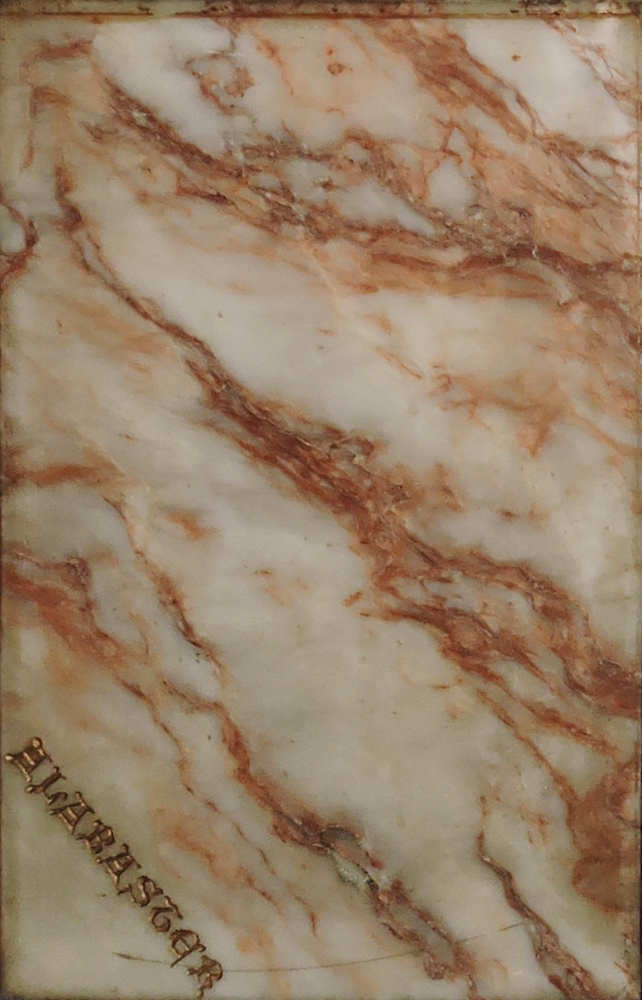
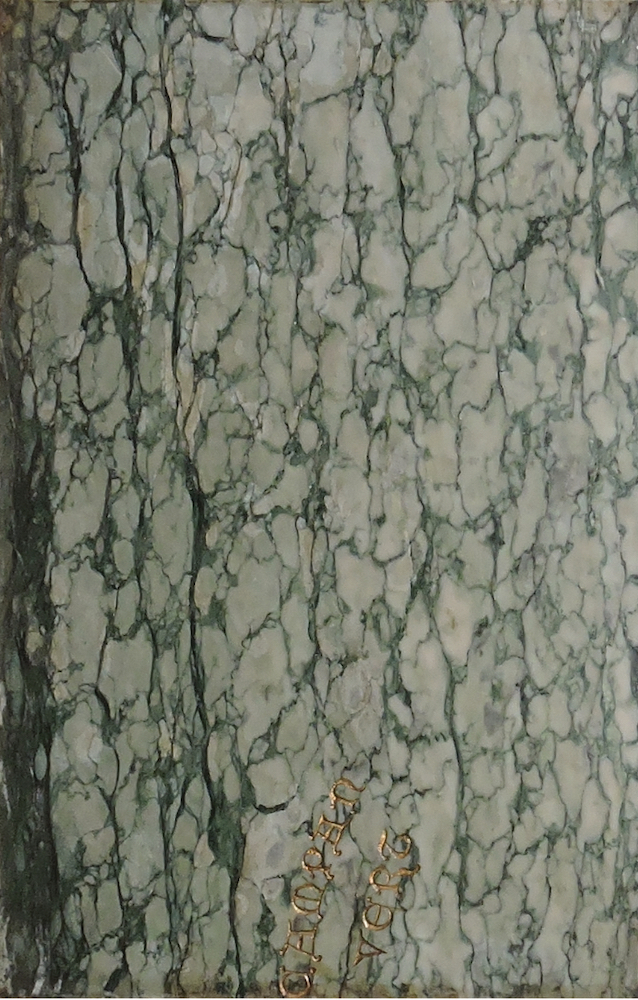

Left to right: (a) Black and Gold (shown in its frame), from La Spezia, Liguria, Italy, used for example in the panelling of the altar front in the Chapel of the Holy Souls Westminster Cathedral. (b) Alabaster, from Fauld Mine, Staffordshire, used for example for the altar adjacent to Richard III's tomb at Coventry Cathedral. (c) Campan Vert, from Campan Valley in the Pyrennees, used for example in Westminster, Bristol and Peterborough Cathedrals. (d) Derbyshire fossil, from the Peak District, Derbyshire, used for example in Chatsworth House and the Houses of Parliament.
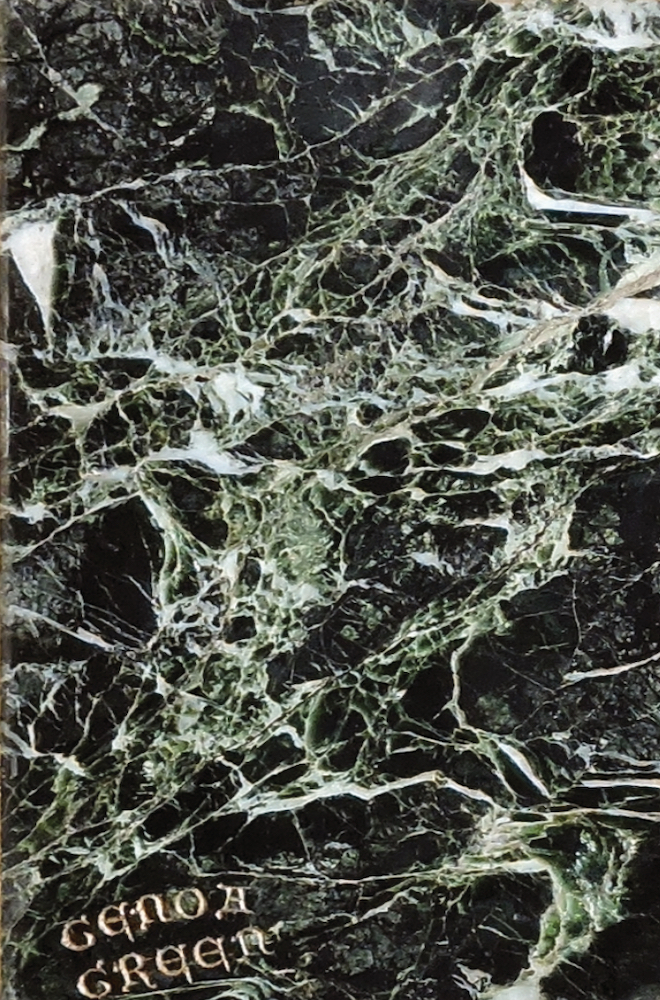
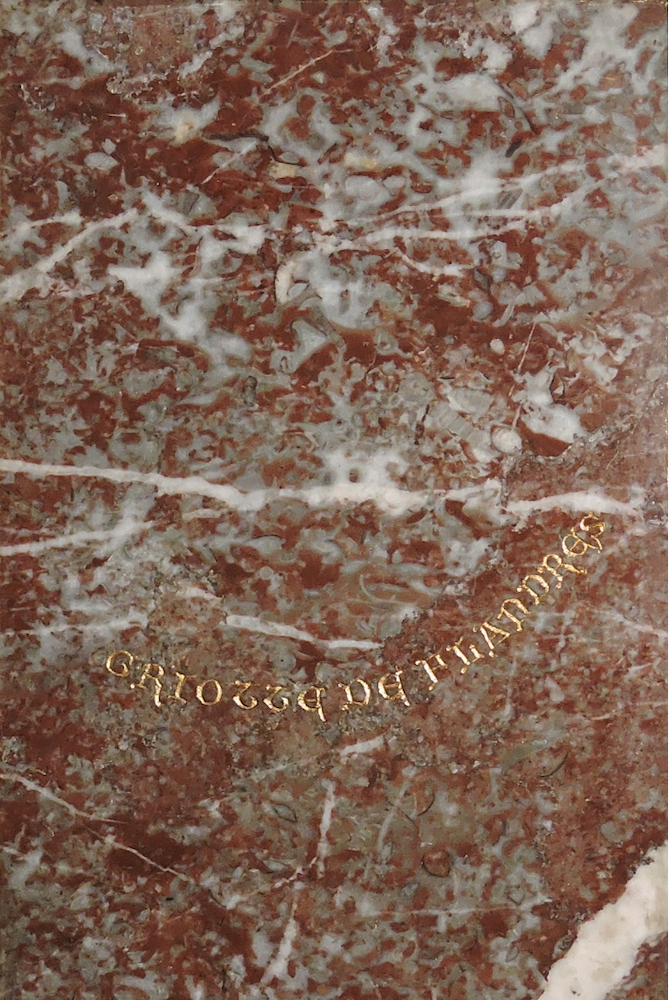
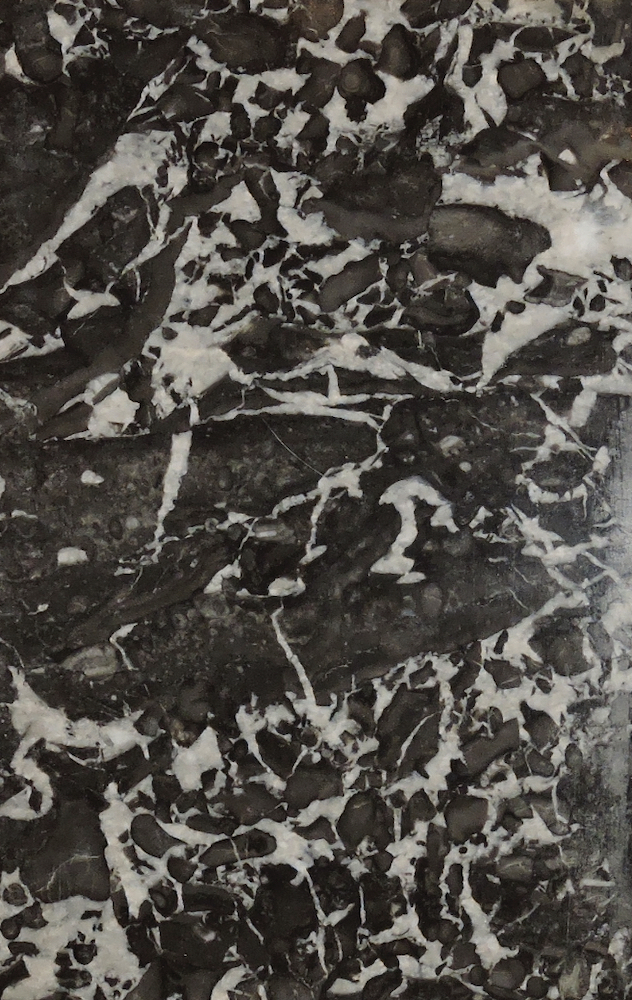
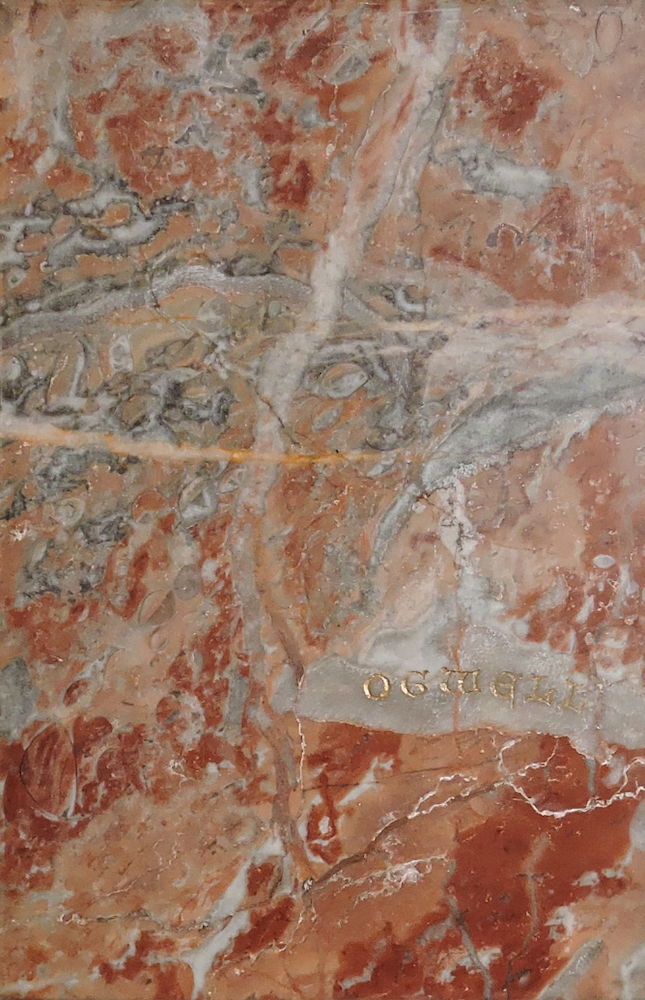
Left to right: (a) Genoa Green, from Pietralavezzara, Genova, Italy, used for example on the skirting and architrave of the National Gallery. (b) Griotte de Flandres, from the French and Spanish Pyrenees, widely used and exported worldwide. (c) St Annes, probably from Belgium, used for example in the memorial to George Latimer at Bristol Cathedral. (d) Ogwell, from East Ogwell, Devonshire, used for example in St John's Chapel, Cambridge.
Bibliography
III: Marbles. International Exhibition, 1876: Reports and Awards; Groups 1-36. Ed. Francis A. Walker. Philadelphia: Lippincott, 1878. 137-61. Google Books. Free to read. (Contemporary resource containing useful list of marbles, their sources and appearance).
Ashurst, John, and Francis G. Dimes. Conservation of Building and Decorative Stone. Abingdon, Oxon: Routledge, 2011. (See especially 144-49. This gives examples of where different marbles have been used.)
Crook, J. Mordaunt.William Burgess and the High Victorian Dream. London: Murray, 1981.
Newman, John, with contributions by Stephen Hughes and Anthony Ward. Glamorgan (Mid Glamorgan, South Glamorgan and West Glamorgan). Buildings of Wales series. New Haven & London: Yale University Press, 2004.
Price, Monica T. Decorative Stone: The Complete Source Book. London: Thames and Hudson 2007. ("This was the most useful, enabling me to identify a large number of the specimens" — Statham).
Created 20 December 2022